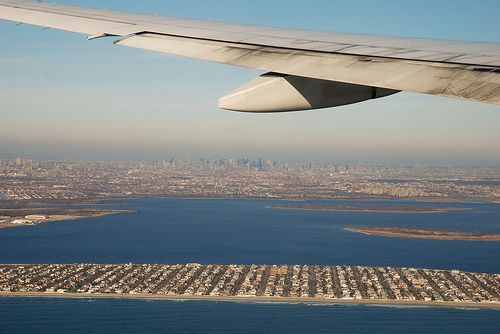-
 Dynamic super-resolution microscope
Dynamic super-resolution microscope
-
 Stroke
Stroke
-
 VAN
VAN
-
 Oxy-fuel combustion
Oxy-fuel combustion
-
 Super-Kamiokande
Super-Kamiokande
-
 Beak
Beak
-
 Opt-out
Opt-out
-
 RGB
RGB
-
 Denaturation
Denaturation
-
 Slurry
Slurry
-
 Onion
Onion
-
 Systematic
Systematic
-
 Bile acid chelator
Bile acid chelator
-
 Nintendo Revolution
Nintendo Revolution
-
 Terrestrial time
Terrestrial time
-
 M71
M71
-
 Micturition
Micturition
-
 Sub-unit
Sub-unit
-
 Adipocyte
Adipocyte
-
 Exothermic
Exothermic
-
 Cranium
Cranium
-
 Farad
Farad
-
 Glycosuria
Glycosuria
-
 M35
M35
-
 Soot
Soot
-
 Postulate
Postulate
-
 Stratum
Stratum
-
 Monterey cypress
Monterey cypress
-
 Hubble's law
Hubble's law
-
 Ecodriving
Ecodriving
Stall angle
In aviation the stall angle is when the angle between the wing and the relative wind (due to the speed) is too great, the air can no longer flow in contact with the upper surface of the wing. Aerodynamically, laminar flow becomes turbulent flow. The phenomenon is very sudden and leads to a major reduction in lift and a large increase in drag: this is stalling. The aircraft nose dives and loses altitude. It is said that the aircraft has stalled (the pilot can rapidly bring the aircraft out of this situation).
 Too large an angle between the aircraft and the relative wind leads to stalling. © Theo La Photo, Flickr CC by nc-sa 2.0
Too large an angle between the aircraft and the relative wind leads to stalling. © Theo La Photo, Flickr CC by nc-sa 2.0
Latest
Fill out my online form.



